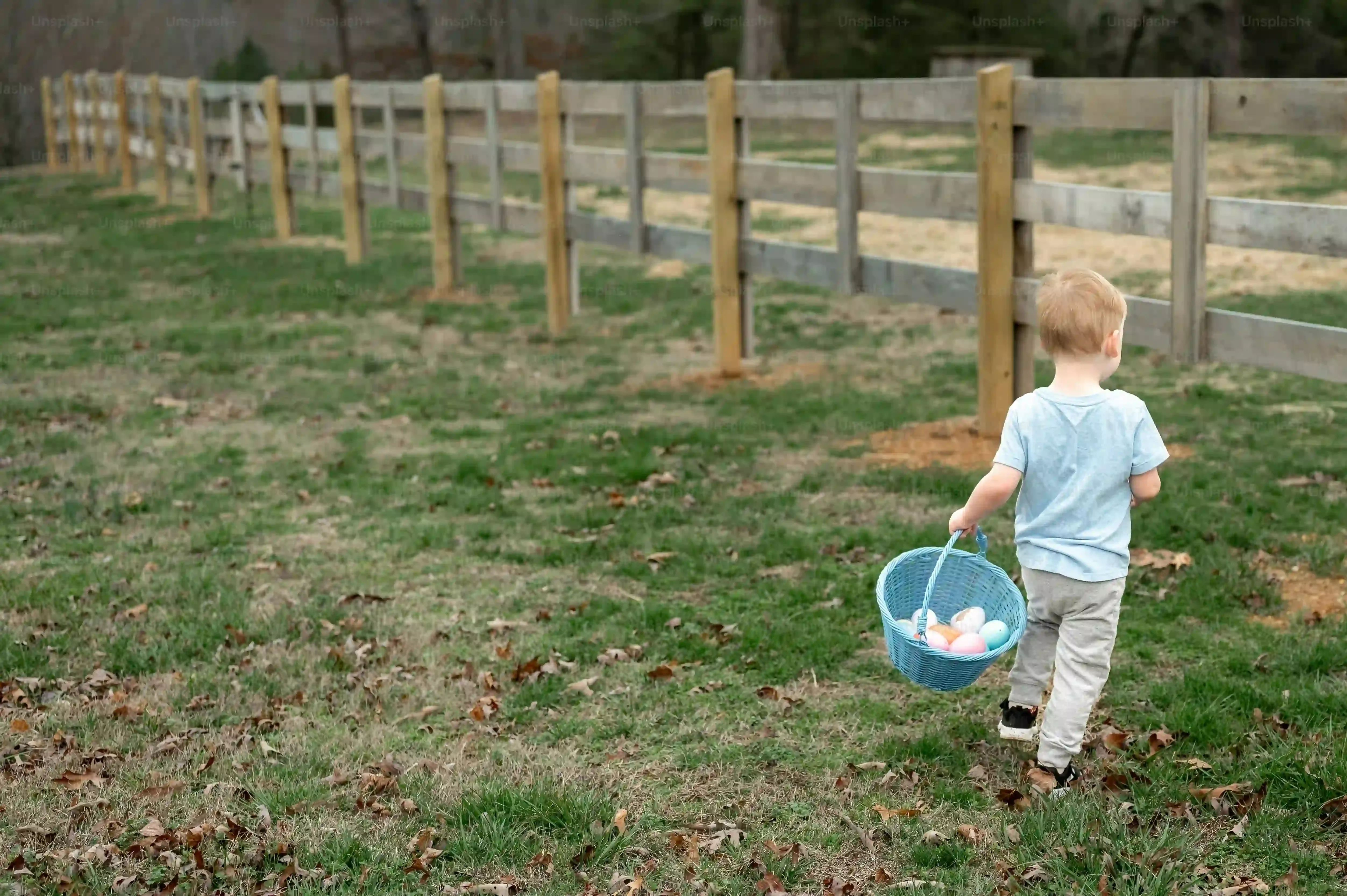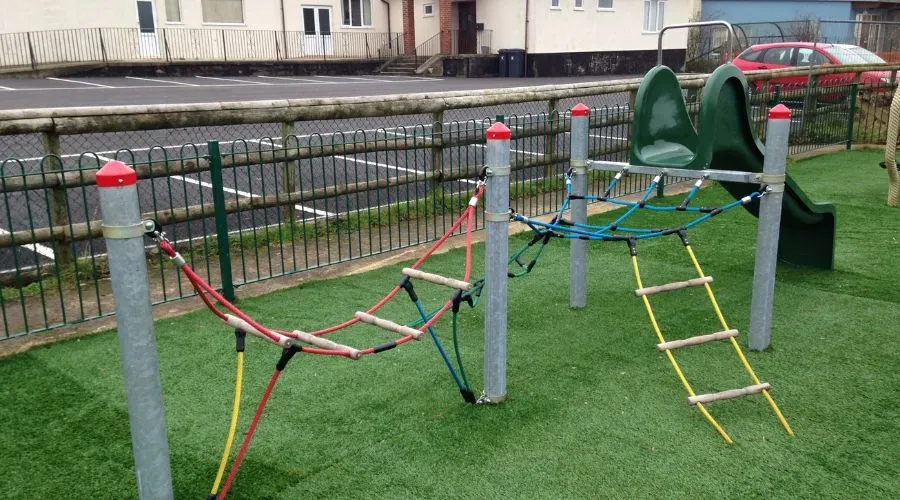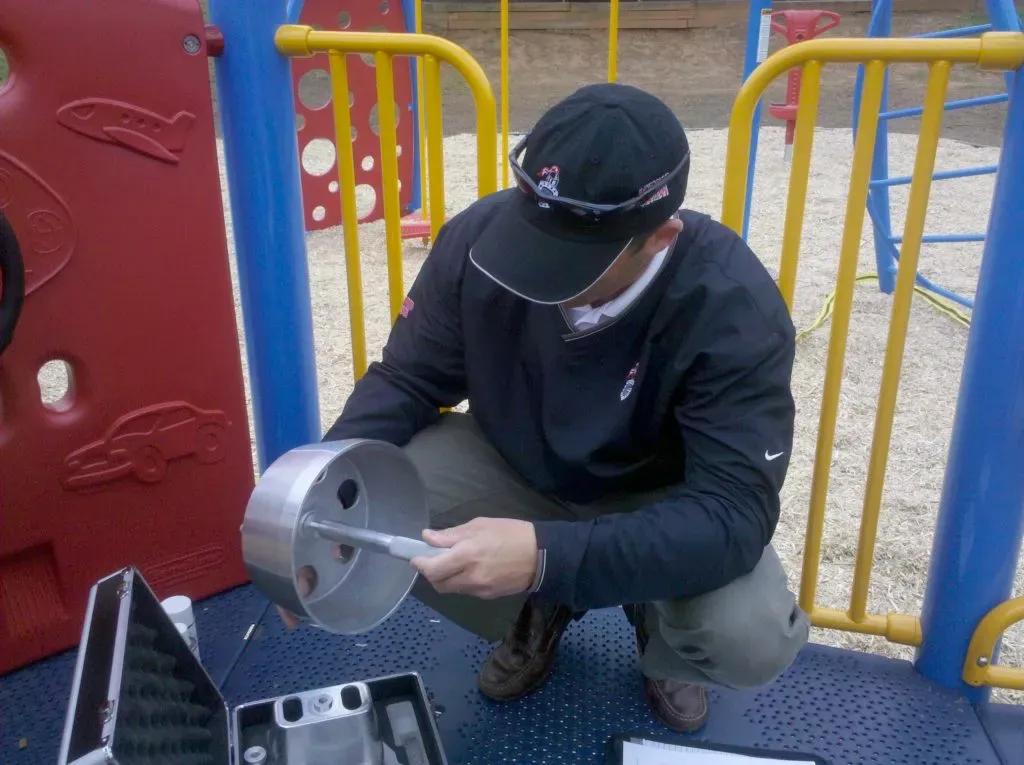Table of Contents
Kids need space to run, jump, and explore. Outdoor playgrounds offer that vital outlet, a place where scraped knees are badges of honor and imagination runs wild. But beneath the laughter and energy lies a serious responsibility: ensuring those structures are safe. Ignoring maintenance isn't just risky; it's an accident waiting to happen. That's why understanding why and how often outdoor play equipment should be inspected is non-negotiable for anyone managing these spaces, whether it's a city park, a schoolyard, or a community center.
Why Outdoor Play Equipment Should Be Inspected Regularly

Why Outdoor Play Equipment Should Be Inspected Regularly
It's About Keeping Kids Out of the ER
Let's be blunt: the number one reason outdoor play equipment should be inspected regularly is to prevent injuries. Kids are going to fall; it's part of learning how gravity works. But a fall onto a rusty bolt, a splintered deck, or from a height without proper surfacing isn't a learning moment, it's a trip to the emergency room. We're talking broken bones, concussions, serious cuts. Playgrounds are supposed to be places of joy, not hazard zones. Regular checks catch small issues before they become big, painful problems.
Protecting Your Investment and Making it Last
Playground equipment isn't cheap. Whether it's a simple swing set or a sprawling modular structure, you've sunk real money into it. Ignoring basic maintenance is like buying a car and never changing the oil. You're just accelerating its demise. Routine inspections spot wear and tear early – loose bolts, cracking plastic, fading paint that indicates material breakdown. Fixing a minor issue now costs pennies compared to replacing an entire component or even a whole structure later. It just makes financial sense.
- Common Hazards Missed by Skipping Inspections:
- Loose bolts or missing caps
- Splintered wood or sharp edges
- Worn ropes or chains
- Inadequate or compacted safety surfacing
- Rust and corrosion
- Entrapment points (gaps where heads or limbs could get stuck)
- Trip hazards on pathways or under equipment
Managing Risk and Fostering Community Trust
Beyond the obvious moral imperative to keep kids safe, there's the less warm-and-fuzzy reality of liability. If a child gets hurt on equipment that wasn't properly maintained, the owner or operator is likely facing a lawsuit. Documented, regular inspections are your best defense in court. They show you took reasonable steps to ensure safety. Furthermore, a well-maintained playground sends a clear message to the community: "We care about our kids and our shared spaces." It builds trust and encourages families to use and enjoy the area, making it a true community asset rather than a neglected eyesore.
How Often Outdoor Play Equipment Should Be Inspected: What Influences Frequency?

How Often Outdoor Play Equipment Should Be Inspected: What Influences Frequency?
High Traffic Means More Checks
so we know outdoor play equipment should be inspected, but how often? There's no single magic number. Think about a playground at a busy community center versus one tucked away in a quiet neighborhood park. The more kids scrambling all over it, the faster things wear out. High-use areas need more frequent checks. Daily visual sweeps are common in places like schools or popular public parks. You're looking for obvious stuff – vandalism, fresh damage, anything that wasn't right yesterday. Weekly checks are a good baseline even for moderately used spots.
Location, Location, Location (and What It's Made Of)
The environment plays a huge role in how quickly equipment degrades. Is it constantly exposed to harsh sun, heavy rain, or salty air near the coast? These elements accelerate wear and tear. Equipment materials matter too. Wood needs different attention than metal or plastic. A wooden structure might splinter or rot, while metal can rust or fatigue. Knowing what your equipment is made of and where it sits geographically helps determine if you need to ramp up those inspection schedules. A playground near the ocean, for example, will likely need more frequent rust checks than one inland.
- Factors Dictating Inspection Frequency:
- Volume of use (daily vs. occasional)
- Climate and weather patterns (sun, rain, snow, salt)
- Type of materials used (wood, metal, plastic)
- History of vandalism or misuse
- Age and condition of the equipment
- Manufacturer's recommendations
Age Isn't Just a Number
Older equipment often requires closer scrutiny. Just like an older car, parts can become brittle, connections can loosen, and the overall structure might show fatigue. Even if it looks okay from a distance, an aging piece of equipment might have hidden stress fractures or wear points that aren't obvious without a closer look. Also, safety standards evolve. What was considered safe twenty years ago might not meet current guidelines. Regularly inspecting older outdoor play equipment should be inspected with current standards in mind is crucial to identify potential non-compliance and ensure ongoing safety.
Different Ways Outdoor Play Equipment Should Be Inspected: From Quick Checks to Deep Dives

Different Ways Outdoor Play Equipment Should Be Inspected: From Quick Checks to Deep Dives
The Daily Walk-Through: Quick Visual Checks
Alright, so you're convinced outdoor play equipment should be inspected. Great. But what does that actually *look* like? It's not always a white-glove, hours-long deep dive. The most frequent type of inspection is the simple visual or routine check. This is your daily or weekly walk-through. Think of it like kicking the tires on your car before a long trip. You're not rebuilding the engine, you're just making sure the wheels are still attached and there are no obvious leaks.
For playgrounds, this means a quick scan for things that are clearly wrong: fresh vandalism, broken glass, discarded needles, loose components you can spot from a few feet away, or safety surfacing that's obviously displaced or damaged. It's about identifying immediate hazards that weren't there yesterday. Anyone managing the site can do this, and it's crucial for catching problems before a child does.
Periodic Inspections: Getting a Little Closer
Moving beyond the quick scan, you have periodic inspections. These happen less often – maybe monthly or quarterly – and they involve a more hands-on approach. You're not just looking; you're touching, wiggling, and testing. This is where you check bolts for tightness, look for signs of wear on moving parts like swings and seesaws, and examine the structure more closely for cracks, rust, or deterioration that might not be obvious from a distance. You're also checking safety surfacing depth and condition more carefully.
This level requires a bit more training than the daily check, but it's still something site staff can often handle with proper guidance and checklists provided by the manufacturer or a safety organization. It's about catching problems in their early stages, before they become major repair jobs or safety incidents.
Inspection Type | Frequency | Who Usually Does It | Focus |
|---|---|---|---|
Routine (Visual) | Daily/Weekly | Site Staff/Manager | Immediate hazards, vandalism, obvious damage |
Periodic | Monthly/Quarterly | Trained Site Staff/Certified Inspector | Component wear, structural integrity, surfacing depth, early deterioration |
Comprehensive/Annual | Annually/After Major Repair | Certified Playground Safety Inspector (CPSI) | Full compliance check against standards, structural integrity, long-term wear, risk assessment |
Comprehensive Annual Inspections: The Deep Dive
Then there's the big one: the comprehensive or annual inspection. This is the full top-to-bottom, nuts-and-bolts examination. It should happen at least once a year, and ideally, it's done by a certified professional (more on that in the next section). They're checking *everything* against current safety standards – things like fall heights, spacing between components, potential entrapment points, and the overall structural soundness. They use specialized tools and knowledge to identify hidden issues that even a thorough periodic check might miss.
Think of this as the equivalent of a full engineering report on the playground. It provides a detailed picture of the equipment's condition, identifies risks, and gives recommendations for repairs or upgrades needed to ensure the outdoor play equipment should be inspected thoroughly and meets all relevant safety codes. It's the most detailed level of inspection and forms the backbone of a solid maintenance program.
Calling in the Pros: When a Professional Inspector is Needed

Calling in the Pros: When a Professional Inspector is Needed
Beyond the Visual: When Expertise is Essential
you've got the daily checks down, maybe even the monthly poke-and-prod. But there are times when you need to bring in the big guns – a certified playground safety inspector (CPSI). Think of them as the playground detectives. They don't just look; they measure, they test, they know the intricate dance of ASTM standards and CPSC guidelines that most of us couldn't recite in our sleep. You absolutely need one for that comprehensive annual inspection we just talked about. You also call them when you're dealing with complex custom structures, after major repairs or renovations, or if you just have a nagging feeling something isn't quite right and your internal checks aren't giving you clear answers. Their job is to give you an objective, detailed report on whether your outdoor play equipment should be inspected according to the latest professional standards and if it's truly safe, identifying hidden hazards you might never spot.
The Bigger Picture: Benefits of Safe, WellMaintained Play Spaces

The Bigger Picture: Benefits of Safe, WellMaintained Play Spaces
More Than Just Swings and Slides: Fueling Development
Look, kids aren't just burning energy on a playground. They're building muscles, figuring out spatial awareness, and improving coordination. A safe, functioning playground, one where the outdoor play equipment should be inspected regularly, directly supports this physical development. But it's more than physical. Playgrounds are social hubs. Kids learn negotiation ("Can I go down the slide after you?"), conflict resolution (sharing the swings), and empathy. They challenge themselves, building confidence and resilience. A wobbly climbing structure or a broken slide doesn't just pose a physical risk; it disrupts this crucial developmental process. When equipment is reliable, kids can push their boundaries safely, fostering creativity and problem-solving without constant fear of a splinter or a fall.
Building Community and Sparking Imagination
A well-kept playground is an open invitation. It draws families out, creates informal meeting spots for parents, and strengthens neighborhood bonds. Think about it – a place where the outdoor play equipment should be inspected diligently and maintained looks cared for. It signals that the community values its shared spaces and its children. This encourages more use, which in turn justifies the investment in maintenance. Beyond community, safe equipment enhances the quality of play itself. Kids aren't limited by broken pieces or dangerous areas; they're free to invent games, create scenarios, and truly engage their imaginations. A slide that works lets them pretend it's an escape pod; a sturdy fort becomes a castle or a spaceship. When the basics are secure, the possibilities are endless.
Keeping Playgrounds Safe: The Bottom Line
So, there you have it. The question of how often outdoor play equipment should be inspected isn't just a bureaucratic hoop to jump through; it's a fundamental aspect of risk management and child safety. Ignoring the need for regular checks, influenced by everything from foot traffic to the local weather, is simply irresponsible. While quick visual sweeps catch obvious issues, periodic in-depth inspections, sometimes requiring a certified pro, are essential for spotting the less apparent problems. Ultimately, a well-maintained playground isn't just safer; it's a better use of resources and provides a reliable space for kids to engage in the kind of active, imaginative play that's increasingly hard to come by. It's not rocket science, just common sense applied consistently.